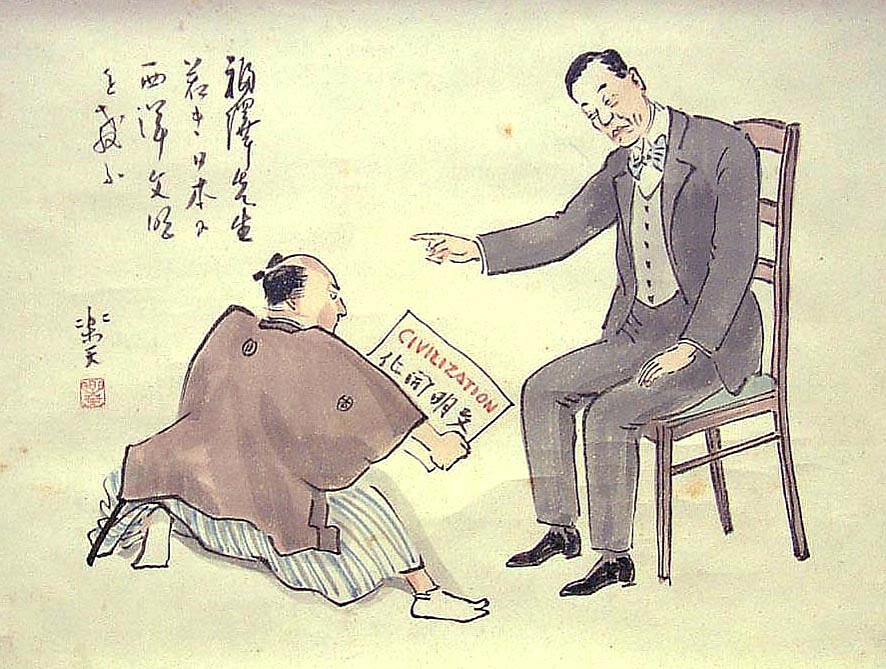For Japan, 2018 marks the 150th anniversary of the Meiji Restoration; the name given to the events of 1868 that saw the downfall of the Tokugawa shogunate (or bakufu) and the creation of a new government with a central focus on Imperial rule under the Emperor Meiji. The Restoration is one of the two great divides of modern Japanese history, the other being Japan's defeat by the Allied powers in August 1945.
There are varying viewpoints regarding the character of the Meiji Restoration. While in some ways it can be regarded as a revolution, it wasn't the case that Tokugawa was killed, in the way that the royal family was killed during the French Revolution. Edo Castle — where the shogun resided — surrendered and was handed over without bloodshed. And although the Meiji Restoration marked the end of shogunate rule by the Tokugawa dynasty, it was members of the same samurai class as the shoguns themselves who ended it — albeit members of samurai clans from outlying areas such as the Satsuma and Choshu domains (which correspond to the modern prefectures of Kagoshima and Yamaguchi).
It was also not the case that the lords of those feudal domains who drove the Tokugawa shogunate to its demise took over as the subsequent rulers in place of the Tokugawa clan. The ultimate outcome of the Meiji Restoration was that the Emperor was restored as Japan's supreme ruler, and that samurai from the Satsuma and Choshu domains — and eventually those of lower rank from other parts of the country — became the key players in the new government.



















With your current subscription plan you can comment on stories. However, before writing your first comment, please create a display name in the Profile section of your subscriber account page.